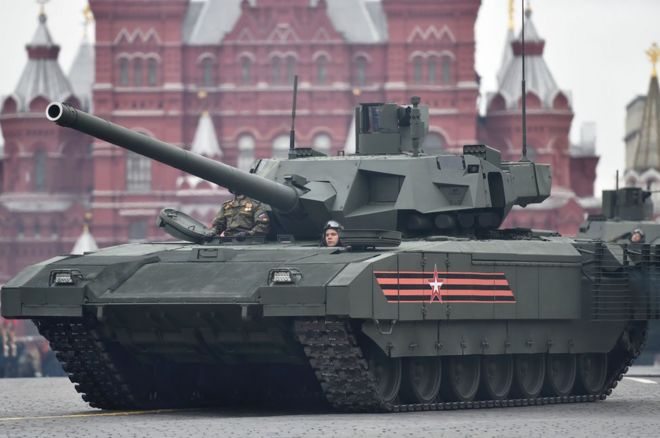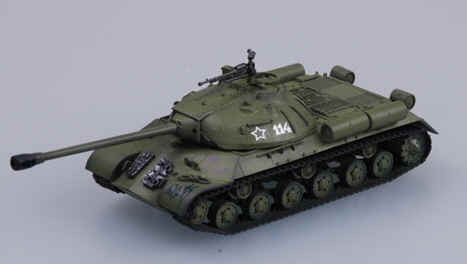Real material for analysis. Without supply tons.
https://en.wikipedia.org/wiki/Battle_of_Białystok–Minsk
The Soviet troops trapped in the gigantic pockets continued fighting, and concluding operations resulted in high German casualties. An estimated 250,000 Soviet troops escaped because of the lack of German infantry troops' motor transport that slowed the encirclement process. Most of them were later sent to penal battalions.
The Polish Institute of National Remembrance claims that withdrawing Soviet troops committed regular crimes against the inhabitants of Białystok and its areas, including cases of whole families being executed by firing squads.[13]
The quick advance east created the possibility for the Wehrmacht to advance rapidly towards the land bridge of Smolensk from which an attack on Moscow could be planned. It also created the impression in the OKW that the war against the Soviet Union was already won within days of its start. Still, Hitler blamed the Panzer generals for leaving gaps in the lines. The Panzer generals were deeply frustrated as for almost a week their advance east had been stopped while they closed the pocket and waited for the infantry to catch up. They feared the momentum of the armored offensive would be lost.
Front Commander General Pavlov and his Front Staff were recalled to Moscow and accused of intentional disorganization of defense and retreat without battle. They were soon executed by the NKVD for cowardice and "failure to perform their duties" and their families were repressed. They were pardoned in 1956.
An exception was Pavlov's operations officer, general Ivan Boldin, who had been cut off by the German advance at a forward headquarters in the first days of the invasion but then fought his way back to Soviet lines, with over 1,000 other soldiers a month and a half later.
Casualties
From 22 June to 9 July, the Soviet forces in Belarus lost 417,729 men, including 341,012 killed or missing and 76,717 wounded or sick.[4][1] Soviet equipment losses totaled 1,177–1,669 aircraft,[6][1] 4,799 tanks[1] and 9,427 guns and mortars.[1]
On the German side, from 22 June to 4 July, the 2nd Panzer Group lost 7,089 men and its 18th Panzer Division had 16 tanks destroyed by 6 July.[3] The Panzer Group had only 6,320 replacements to cover these losses, a deficit that, however, imposed only a minimal burden on its combat capabilities.[2] The 3rd Panzer Group had casualties of 1,769 men by 2 July and had 85 tanks destroyed by 4 July.[2] Its replacements totaled 4,730, more than enough to restore its losses.[2] Five of the infantry divisions in the German Fourth and Ninth Armies lost 3,299 men.[2]


